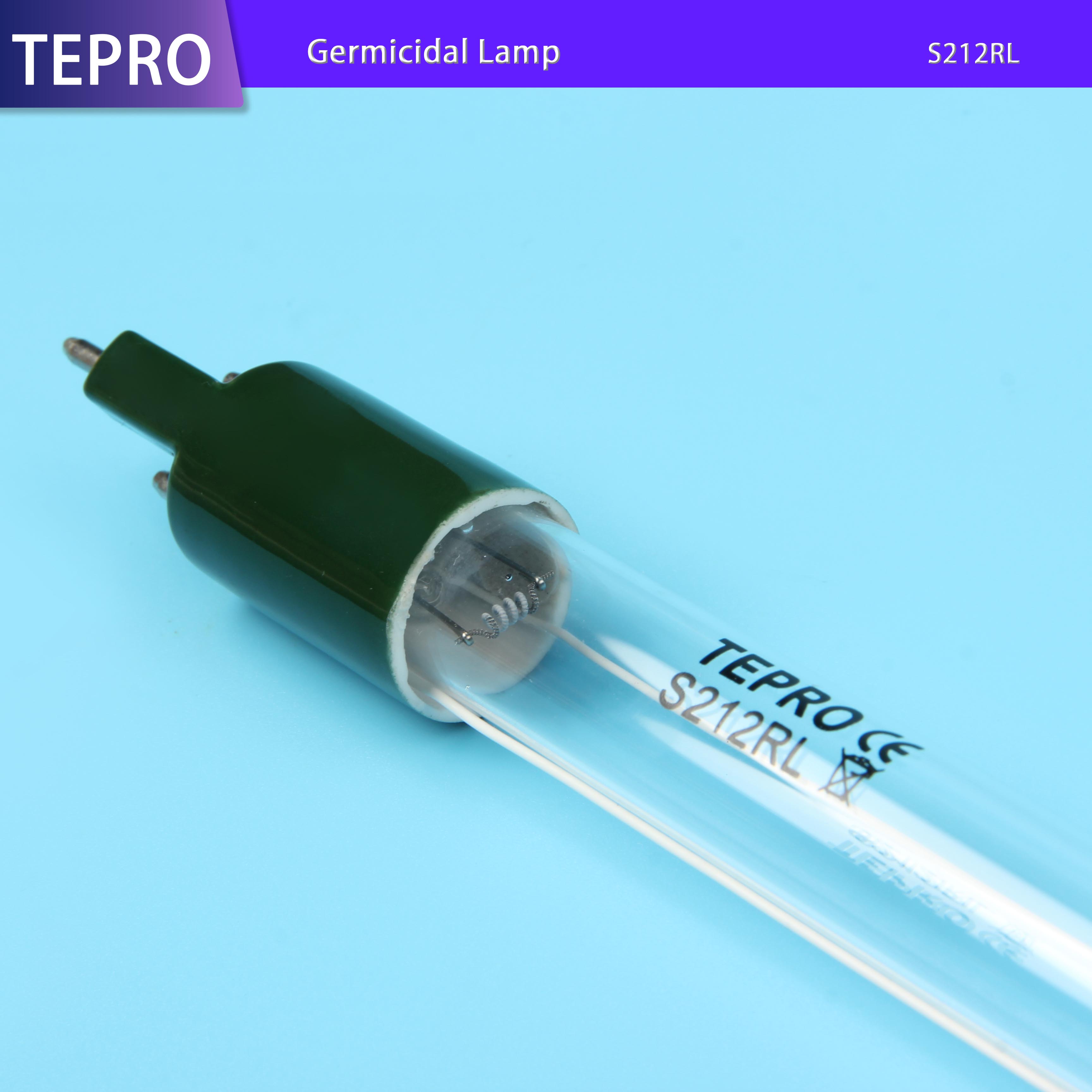

Due to this outbreak, 15 people were hospitalized and one person had hemolytic-uremic syndrome ( 8). coli O157:H7 in five states of the United States after consuming cheese. In 2010, 38 persons were infected with E. are also important pathogens of concern to the dairy industry. Escherichia coli O157:H7 and Salmonella spp. Soft cheeses made from unpasteurized milk are a very high-risk food and are 50 to 160 times more likely to be contaminated with Listeria than those made from pasteurized milk. Soft cheeses contain 45 to 50% moisture which are generally smooth and easy to ladle or spread. Listeria outbreaks are commonly traced to soft cheese made from unpasteurized milk. Every year, 1,600 people are hospitalized and 260 people die from listeriosis in the United States ( 7). Listeria monocytogenes is the most important and critical pathogen of concern to the cheese industry.

The most effective germicidal wavelength occurs at a peak of 260 to 265 nm at which DNA absorbs UV the most ( 5, 6), and LEDs can be designed to produce these specific wavelengths. Although UV mercury lamps emit only one wavelength (254 nm), UV-LEDs can be configured to emit certain target wavelengths. ( 4) demonstrated that UV-LEDs contain no mercury and yield a consistent irradiation output regardless of temperature, which makes them effective even under refrigeration. Also, UV-LEDs emit high-intensity light as soon as they are turned on in other words, there is no warm-up time. UV-LED lamps (UV-LEDs) are very small size compared to conventional lamps, so they can be easily incorporated into diverse designs of device ( 3). To emit light, the electrons and holes reconnect at the junction ( 2). Current is caused by mobile electrons in the “n-type” layer and carriers are positively charged holes in the “p-type” layer. LED construction commonly consists of a junction between “n-type” and “p-type” semiconducting materials. Due to these critical weaknesses of mercury lamps, UV light-emitting diode (UV-LED) technology has been developed recently as an alternative. Also, the warm-up time is long and, moreover, cannot exhibit maximum efficacy at low temperatures according to an earlier study. First, UV lamps are fragile and thus present a risk of mercury leakage through breakage when subjected to any shock. However, UV mercury lamps have several critical limitations. Among them, UVC has the strongest germicidal effect and is widely used in the form of mercury lamps to inactivate microorganisms. UV light covers a wavelength spectrum from 100 to 380 nm and is subdivided into three regions by wavelength: UVA (320 to 400 nm), UVB (280 to 320 nm), and UVC (200 to 280 nm) ( 1). For sliced cheeses, 4- to 5-log reductions occurred after treatment at 3 mJ/cm 2 for all three pathogens, with negligible generation of injured cells. On microbiological media, UV-LED treatments at 266 and 270 nm showed significantly different ( P < 0.05) inactivation effects than other wavelength modules. Our results showed that inactivation rates after UV-LED treatment were significantly different ( P < 0.05) from those of UV lamps at a similar intensity. In addition, we applied UV-LED to sliced cheese at doses of 1, 2, and 3 mJ/cm 2. The radiation intensity of the UV-LEDs was about 4 μW/cm 2, and UV lamps were covered with polypropylene films to adjust the light intensity similar to those of UV-LEDs. Selective media inoculated with Escherichia coli O157:H7, Salmonella enterica serovar Typhimurium, and Listeria monocytogenes were irradiated using UV-LEDs at 266, 270, 275, and 279 nm in the UVC spectrum at 0.1, 0.2, 0.5, and 0.7 mJ/cm 2, respectively.

In this study, we validated the inactivation efficacy of UV-LEDs by wavelength and compared the results to those of conventional UV lamps. UV-type lamps only emit light at 254 nm, so as an alternative, UV light-emitting diodes (UV-LEDs) which can produce the desired wavelengths have been developed. However, UV lamps have several limitations, including low activity at refrigeration temperatures, a long warm-up time, and risk of mercury exposure. UVC light is a widely used sterilization technology.


 0 kommentar(er)
0 kommentar(er)
